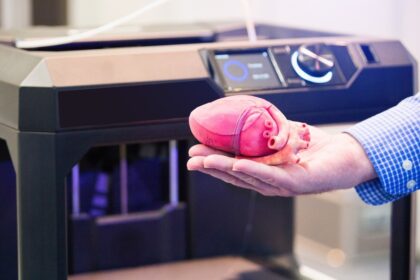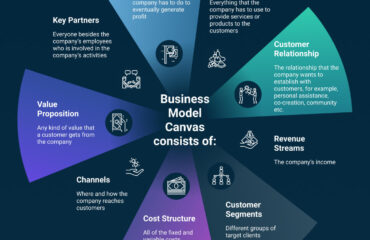
Well the headline is not an unrealistic dream …It’s something that’s technically possible today ..You could also print your own kidneys…the car that you like…. The aeroplane that you like …print a gold ring for your loved one…or even build a concrete house using 3D printing.
3D printing first caught my attention fully when I saw a live 3D printer at TEDX Gateway at Worli Dome last February…Here was this printer which was making solid 3D objects as a very fast pace. The printer was small, compact and it dawned on me for the first time that this technology does actually work …
So, what is 3D printing?
In simple terms…
3D-printed objects are created from a digital file and a printer that lays down successive layers of material until the object is complete. Each layer is a thinly sliced cross-section of the actual object. It uses less material than traditional manufacturing. Most materials used in 3D printing are thermoplastics—a type of plastic that becomes liquid when heated but will solidify when cool and not be weakened.
A 3D printing process involves the following steps:
1. 3D scanning
This creates a 3D scan of the actual object that you want to print.
2. 3D modelling
The 3D modelling software converts the scan into a computer-based 3D model… there are several types of models already available in the market mostly based on which industries that they cater to.
3. Slicing: From 3D Model to 3D Printable format
Slicing is dividing a 3D model into hundreds or thousands of horizontal layers and is done with slicing software.
4. 3D Printing
Here the required object is printed with small horizontal layers of the object one on top of the other using the principle of Stereolithography.
The key to stereolithography is a kind of acrylic-based material known as photopolymer. If liquid photopolymer is hit with a UV laser beam, the light-exposed portion will instantly turn into solid piece of plastic, moulded into the shape of your 3D-model design.
Let’s look at how the technology will alter industry as we know today
1. Medicine and particularly body parts
Below are a few examples of applications that have already happened…
Scientists at the Wake Forest Institute for Regenerative Medicine printed synthetic scaffolds of a human bladder and then coated them with the cells of human patients. The newly generated tissue was then implanted into the patients, with little to no chance that their immune systems would reject them, as they were made of their own cells.
In an experiment conducted by Northwestern University Feinberg School of Medicine in Chicago, a mouse with 3 D printed ovaries gave birth to healthy pups which could bode well for human interventions after more research is done.
The above were just two examples… Think of anything; changing limbs or arms or replacing a valve or a blood vessel, all are possible…
2. Residential and commercial construction
Let’s look at a few cases which have been implemented.
In less than 24 hours, a 400 square foot house was constructed in a suburb of Moscow with 3D printing technology. The possibilities for quickly erecting houses and other structures with 3D printing are intriguing when time is critical such as to create emergency shelters for areas after a natural disaster.
Additionally, the potential for new architectural visions to be realized, that weren’t previously possible with current manufacturing methods will lead to design innovations. An entire two-story house was 3D printed from concrete in Beijing was built in just 45 days from start to finish.
Researchers from Germany even3D printed a house of glass , currently only available in miniature size—but they were the first to figure out how to 3D print with glass.
Dubai has printed the first 3D building, the Future Academy.
3. Manufacturing
There are many applications across several industries including automotive, aerospace where 3D printing can be used in manufacturing from printing replacement parts of machinery and prototyping new products (with the added benefit of recycling the models after you’re done) to creating molds and jigs to improve the efficiency of the production process.
The bodies of electric vehicles and other cars have been 3D printed. Manufacturers can use 3D printing to lower costs and produce products quicker.
This will also lead to customization and probably the slow death of the huge factories that we know today which will be replaced with smaller ones which are nearer to customers to cater to customized requirements received from customers.
Anything and hence any industry your mind can imagine…
The extraordinary thing about 3D printing is that it can be used to create just about anything your mind can conjure up. It just requires the digital file of the object and the right material.
Have been a great fan of the Terminator series and there is this particular shot when Arnold Schwarzenegger repairs a damaged arm of his…
Of course, that was a machine but with 3D printing the day is not far when that will be possible too …
Till then…



